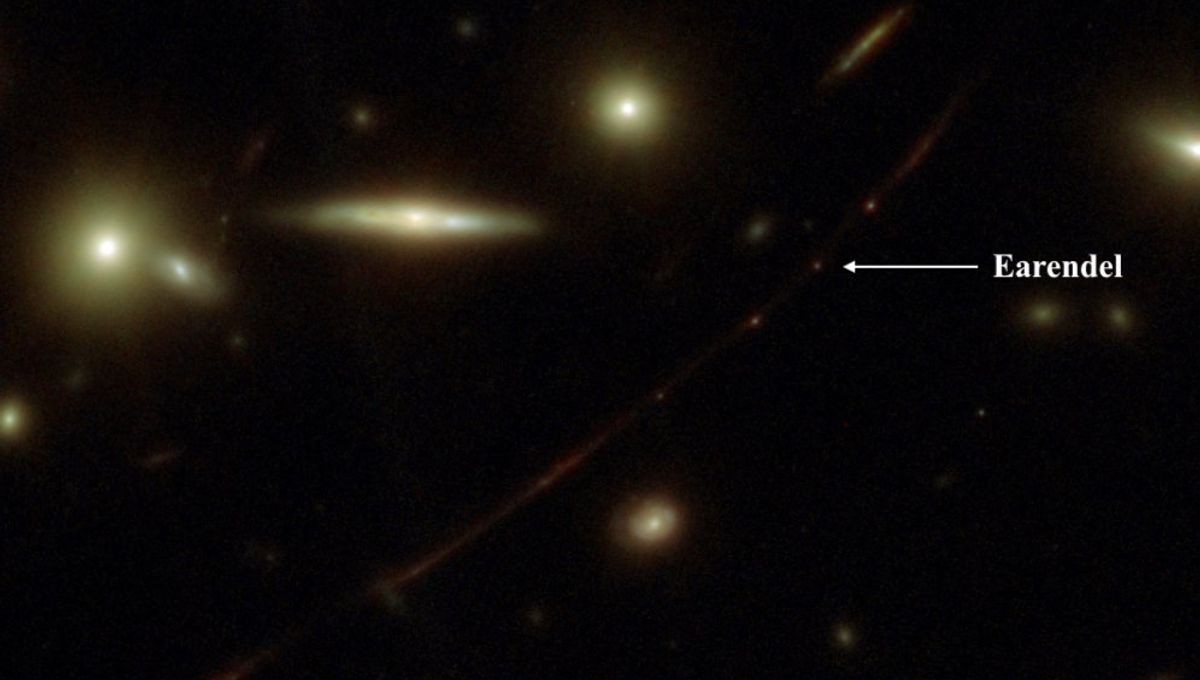
Earlier this year, astronomers announced the discovery of Earendel, the most distant known single star. From the beginning, there was the possibility that it was not one star but two: a star system whose light traveled for almost 13 billion years. The latest observations from JWST have provided new insight and the best evidence yet that Earendel is not just one star, but two.
The work is submitted to The Astrophysical Journal and awaits peer review. In the paper, available on ArXiv, the team discusses how the JWST images have pushed the envelope on understanding this system. The exceptional magnification of the telescope confirms that the system is compact so it’s not a cluster of stars.
The telescope can’t resolve two (or three) stars but the colors observed for the object are best modeled by a binary system made of two very hot stars. The main one is 29,700 °C (53500 °F) and its companion’s temperature is a third of that. The former is five times hotter than the surface of the Sun. Incredible insights from JWST.
The star was discovered using the Hubble Space Telescope, and the veteran observatory is not staying idle while the new kid in orbit gets all the glory. Observations from Hubble have revealed that Earendel has not shown any variability. This is peculiar. Massive stars are expected to have dips and peaks of brightness. A second star might help explain the current lack of twinkling.
The stars are likely long dead but the galaxy that they resided in is now 27. 8 billion light-years away due to the expansion of the universe. It has been possible to discover it thanks to a phenomenon called gravitational lensing, which occurs when a massive foreground galaxy cluster warps space-time so much that the light of distant objects becomes magnified. Just like a lens would.
Thanks to that magnification and the incredible space telescopes, the characteristics of these distant stars are becoming clearer and clearer with each new observation. Earendel, an old English name for “Morning Star”, is a system of record, giving us insights into the universe when it was only 900 million years old.
Source Link: The Most Distant Known Single Star Is Probably Two – And They Are Hot!